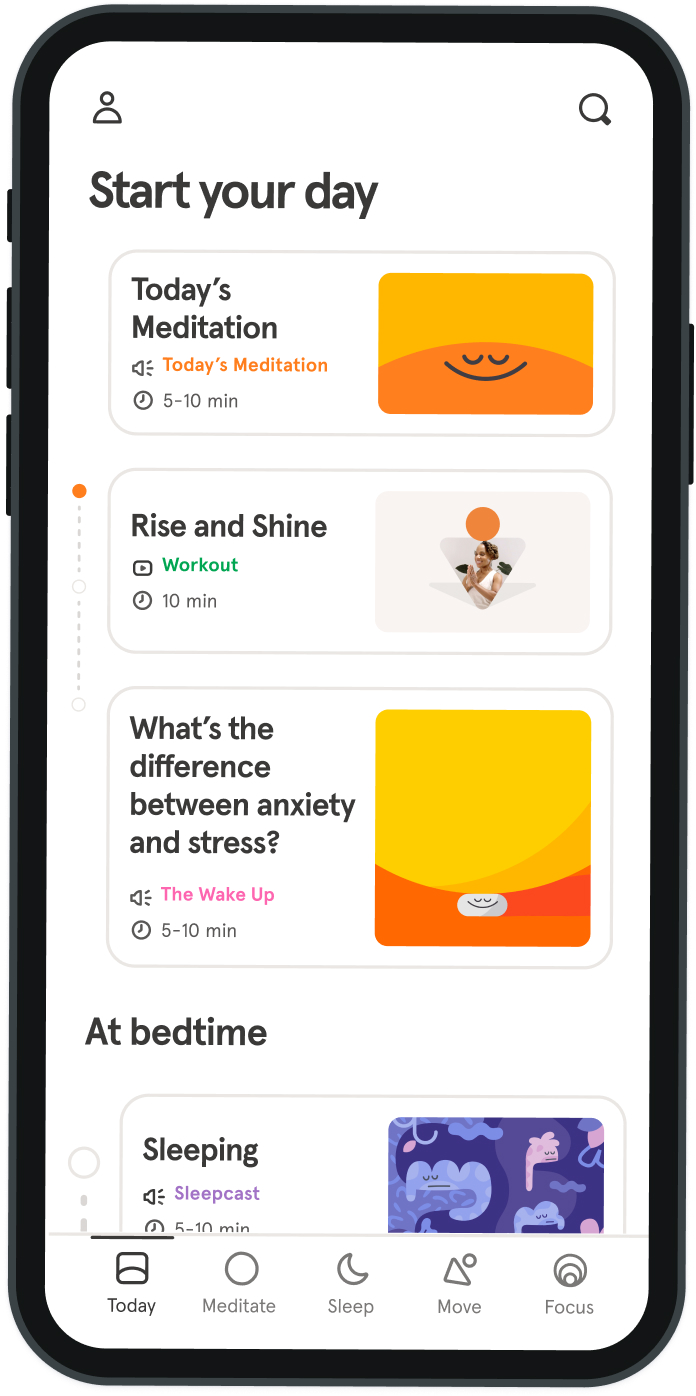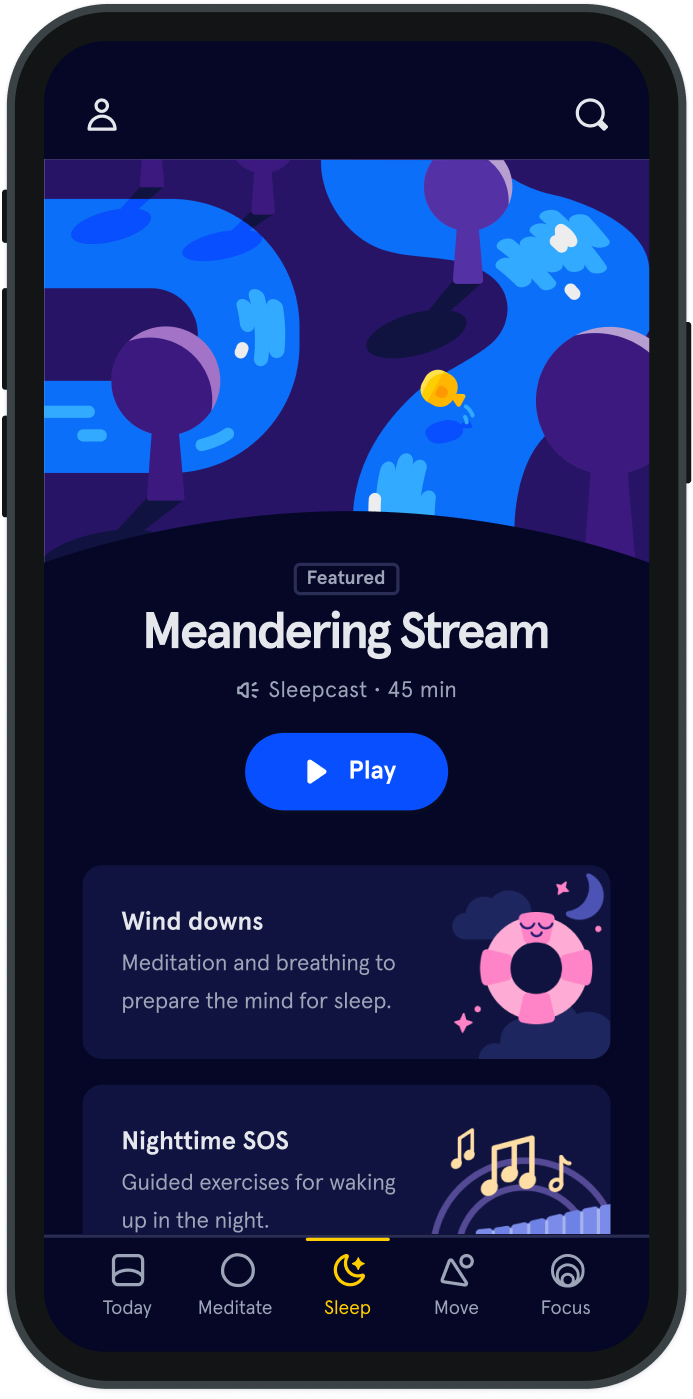Is there a right way to give feedback? What to avoid, and what to start doing.
Let’s face it: feedback can be tough. Constructive criticism (and scheduled praise) are necessary to drive a company forward, but can often fall flat when poorly delivered… if they’re delivered at all. So is there a way to create a culture of feedback where employees can grow and also offer feedback up the food chain? Can feedback be helpful without being hurtful? Is there such a thing as mindful feedback?
First, what does bad feedback look like?
Feedback is meant to serve as an opportunity for an employee to learn and to grow — it’s meant to make them a more effective employee, and that’s important context to remember when scheduling time. Jenna Buffaloe, former lawyer turned leadership consultant, says there are two ways we often get feedback wrong.
1. Only giving negative feedback, and skipping the good stuff. Mentioning the good stuff should be a regular occurence. A Glassdoor study of more than 2000 U.S. adults found that 81% of employees say they’re motivated to work harder when their boss expresses appreciation for them, and 53% expressed that they would stay with their company longer if their boss expressed more appreciation. Buffaloe says, “if you’re a manager, it can help to put a recurring appointment on your calendar to send email notes of appreciation.”
2. Delivering hard feedback as if it is the truth about someone, rather than a perspective. Buffaloe notes that a common mistake people make when delivering hard feedback is “to present it as a fact, rather than what it more likely is: an opinion.” Before meeting to deliver feedback, make sure to separate your feelings from the facts. Buffaloe says, “it’s not helpful for someone to hear ‘I get the feeling that…’ It is helpful to hear, “Here is what happened as I understand it.” Then facts.”
So what’s good feedback?
Good feedback allows employees to become more aware of how their team perceives them and ultimately how they can learn to work better with them, while identifying both areas of improvement and strength, says Tom Freeman, Headspace’s learning and development manager.
Truly good feedback comes regularly, and it should provide a space for a more robust discussion — not just about individual performance, but about potential process improvements, team relationships, and even ideas that are not getting proper visibility. Buffaloe says that a good feedback conversation, just like any good conversation, is one in which you learn, and are true to your best self. “Learning means you listen,” she says, “and you “win” the conversation if you learned something you didn’t know before. … Your job is to genuinely listen, want to understand their perspective, and show up as your best self. If you do that, you’re doing it right.”
Sounds good. I want mindful feedback at my company. How do I start?
The first step to giving mindful feedback is just being mindful. Mindfulness (as a mental state) is achieved by focusing one’s awareness on the present moment while calmly acknowledging and accepting one's feelings, thoughts, and bodily sensations. Anyone can learn to do this by having a meditation practice. Ten minutes a day can be all it takes to have a more mindful approach — not just to feedback, but to everything. Having a meditation practice has even been shown to make it easier to deal with negative feedback. If you’re interested in incorporating a mindfulness program at your place of work, learn more by reaching out to TKTKTKT.
Easy enough. What are the challenges?
1. Actually being present. “A meditation practice is great practice for delivering hard feedback,” Buffaloe says. “If you notice your mind wandering, or preparing your rebuttal argument, gently bring it back. If you find yourself getting triggered in the conversation, the priority should be bringing yourself back to center, not correcting the other person.”
2. Preparing. Buffaloe says it’s easy to underestimate how much time it will take to truly prepare for a challenging feedback session. It’s normal to feel reactive, but it’s also important to notice that feeling and mitigate it. “We have these bodies made for life 100,000 years ago, when all threats where physical threats,” she says. “So when someone pushes back on something we are saying, or doesn’t respond the way we want, our bodies react as if we are being chased by a bear. The blood leaves our prefrontal cortex and goes to our limbs, preparing us to either have a fight or run away. It does not prepare us to have a real, thoughtful conversation. So do the prep work, and then be vigilant about the state of your nervous system.”
Meera Pisharody, Headspace’s director of human resources, acknowledges that the process and tools used to implement a good feedback system are secondary to instilling and nurturing the right mindset across the company. Pisharody looks at this way: “With reference to performance feedback on the job, effective feedback should cover the expected and exhibited performance and constructive feedback should recognize and applaud good performance and coach and correct poor performance. So, staying focused and paying attention to how and what is being communicated between the feedback giver and receiver is critical to success and this becomes easier if both parties remain mindful during the process.”
Sounds good. I want mindful feedback at my company. How do I start?
The first step to giving mindful feedback is just being mindful. Mindfulness (as a mental state) is achieved by focusing one’s awareness on the present moment while calmly acknowledging and accepting one's feelings, thoughts, and bodily sensations. Anyone can learn to do this by having a meditation practice. Ten minutes a day can be all it takes to have a more mindful approach — not just to feedback, but to everything. Having a meditation practice has even been shown to make it easier to deal with negative feedback. If you’re interested in incorporating a mindfulness program at your place of work, learn more at Headspace for Work.
Learning means you listen, and you “win” the conversation if you learned something you didn’t know before.
Kelton Wright
Learning means you listen, and you “win” the conversation if you learned something you didn’t know before.
Kelton Wright
Learning means you listen, and you “win” the conversation if you learned something you didn’t know before.
Kelton Wright
Learning means you listen, and you “win” the conversation if you learned something you didn’t know before.
Kelton Wright


Be kind to your mind
- Access the full library of 500+ meditations on everything from stress, to resilience, to compassion
- Put your mind to bed with sleep sounds, music, and wind-down exercises
- Make mindfulness a part of your daily routine with tension-releasing workouts, relaxing yoga, Focus music playlists, and more
Meditation and mindfulness for any mind, any mood, any goal

Stay in the loop
Be the first to get updates on our latest content, special offers, and new features.
By signing up, you’re agreeing to receive marketing emails from Headspace. You can unsubscribe at any time. For more details, check out our Privacy Policy.
- © 2025 Headspace Inc.
- Terms & conditions
- Privacy policy
- Consumer Health Data
- Your privacy choices
- CA Privacy Notice
